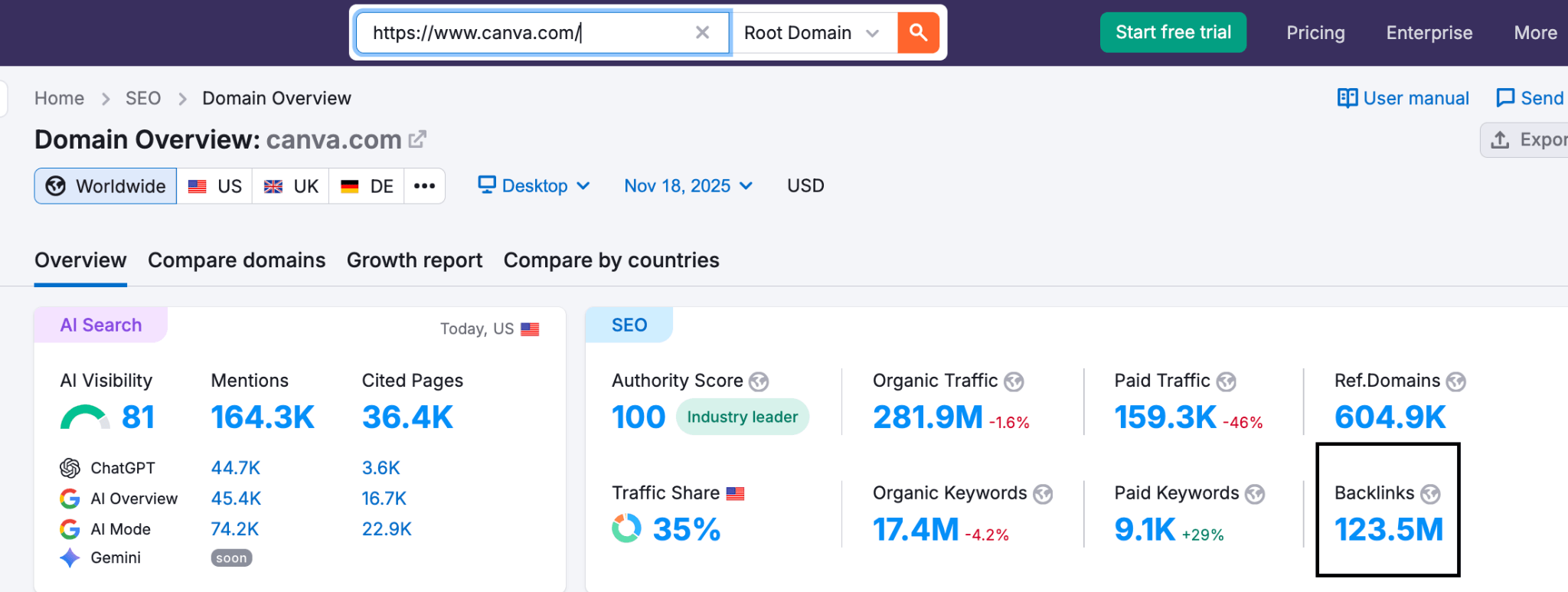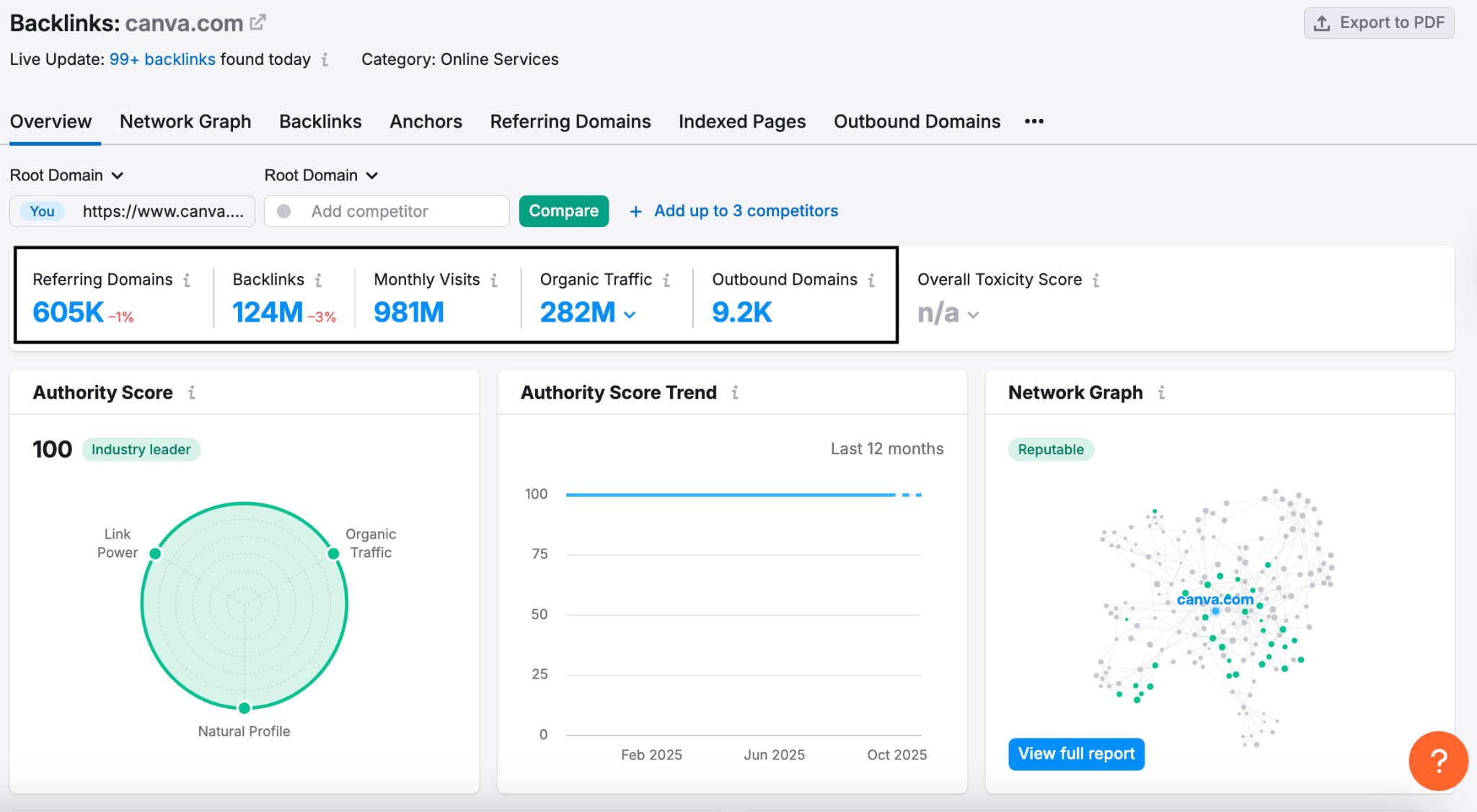Last update: Nov 19, 2025 Reading time: 17 Minutes

Your inbox fills with offers for “100 DA90 links in 30 days,” while your feed warns about link spam updates, site reputation abuse, and expired-domain schemes.
One email promises authority, another hints at manual action, and you end up stuck between FOMO and paralysis
Trust me, you do not need another vague checklist. What you need is a way to judge each link with confidence.
In this guide, you will learn how modern search systems read relevance, anchors, and context in 2025, how to get good backlinks without link schemes or PBNs, and how 2POINT walks through each opportunity in a simple T.R.U.S.T check.

Backlinks still act as discovery paths and trust signals, and high-quality backlinks anchor how search evaluates pages.
A backlink, also known as an inbound link, is a link from one site to another.
It helps people and crawlers reach a page, and it serves as a vote of confidence that the page deserves attention. As noted by Google Search Central, links from well-regarded websites signal that your content demonstrates expertise and trustworthiness within its topic.
Picture yourself reading a niche newsletter. The writer mentions a guide that solved the exact problem you face and links to it inside the paragraph. You engage with that link in a completely different way than you would with something placed passively in a sidebar.
Search systems read those cues too, weighing context and the history behind the linking site.
Modern ranking systems go far beyond simply counting links. They weigh signals such as content quality, page experience, and user satisfaction, with links acting as one piece inside that mix.
Spam-detection models study link patterns: which sites link, how anchor text reads, and how quickly your profile grows over time.
As reported by Google and industry coverage of the March 2024 spam update, policies now target scaled content abuse, expired domain abuse, and site reputation abuse, in which low-value or third-party pages host links solely to piggyback on stronger domains.
Take two footprints. Your brand appears in industry breakdowns across several months, each mention surrounded by context and commentary. Or your homepage repeats inside dozens of thin blog posts with matching intros and identical anchors.
Modern systems handle those scenarios differently, even when link totals appear similar across tools.
You have heard “quality over quantity” so often that it starts to blur into noise.
In 2025, it describes how link profiles survive updates in practice. Search systems pay close attention to patterns across your footprint, so high-quality backlinks carry real weight compared with cheap volume.
Key signals include:
In practice, what makes a quality backlink in 2025 comes down to relevance, authority, context, diversity, and policy safety.
A quality backlink comes from content that lives in the same topic and intent space as your page. The Google Webmaster Guidelines explain that quantity, quality, and relevance of links together shape how your site is evaluated.
For example, someone researching shipping delays reads a supply chain trends article that compares delivery tools and sees your platform linked inside a paragraph about last-mile visibility. The link fits the problem they are trying to solve, so it feels credible and useful.
Drop that same link into a casual recipe blog, and it feels misplaced.
Strong topical relevance keeps high-quality backlinks aligned with both user expectations and ranking signals.
Authority lies in how a site behaves in the real world.
When you review a potential linking site, you want evidence that real people read, trust, and interact with it.
A strong linking site usually has:
You can scan a few articles, search for the brand by name, and glance at estimated organic traffic. If the site feels like somewhere your own audience already spends time, links from it carry a very different weight than links from thin blogs built to host guest posts.
Contextual placement inside editorial content builds on that idea of real authority. When a trusted site links to you inside a paragraph that explains a problem and why your page helps, that link feels like part of the story, not an ad.
Users stay engaged, click through, and remember your brand in context.
Links tucked into footers, sidebars, or bare “partners” pages rarely earn that reaction. If the link still makes sense with no SEO benefit, the placement is probably correct.
Anchor text is the clickable part of the link. Quality profiles mix four types:
You want anchors that sound like something a real writer would type inside a sentence. Good examples might look like:
Risky anchors look like this:
Once the anchor text feels natural, attributes become the other layer that tells search systems how to interpret a backlink.
You are not only asking “what does this link say,” you are also clarifying “what kind of vote is this, if any.” A healthy profile uses attributes honestly, instead of hiding paid or user-generated links behind standard editorial tags.
Google’s guidance on qualifying outbound links explains how rel=”no-follow”, rel=”sponsored”, and rel=”ugc” signal sponsorship, limited trust, and user-generated content to search systems.
Common attributes and what they signal:
Most of your authority will come from dofollow editorial links, although no-follow, sponsored, and UGC links still help your brand look natural and visible across the web.
Attributes describe each link in isolation, but diversity describes the shape of your backlink graph. When most links cluster on a handful of referring domains, that pattern looks fragile and engineered, even if those sites have strong metrics.
Healthier profiles earn mentions across adjacent industries, geographies, and formats that share your audience.
That widens the risk exposure when one partner changes strategy or loses visibility, because your authority spans multiple domains rather than a single one.
Compliance with link and spam policies means thinking beyond clean reports.
Links created mainly to influence rankings now sit close to updated rules around scaled content abuse, site reputation abuse, and expired domain abuse.
According to Search Engine Journal, the March 2024 core update aims to reduce low-quality, unoriginal content in search results by roughly forty percent. That shift shows enforcement has tightened. Safer backlinks behave like genuine citations readers expect in a relevant context.

Here is how to get good backlinks for SEO safely, starting with link-worthy pages and sustainable, relationship-driven outreach.
Link building works best when your site feels worth sharing. If visitors struggle with slow pages, thin answers, or messy structure, no outreach sequence will save you.
Strong links tend to land on pages people already trust and understand, so it pays to fix the basics before you chase placements.
You give yourself a better shot when:
Once those pieces sit in place, outreach feels less like begging for favors and more like pointing people to resources they are glad to reference.
Outreach feels easier when you offer something people are already looking for.
Instead of pushing generic blog posts, you build assets that carry their own gravity. That might be a dataset, a clear framework, a comparison that saves hours of research, or a small tool that answers one stubborn question.
Once those pieces live on your site, your pitch shifts. You are not begging for a link; you are handing editors something useful for their readers. That change makes outreach feel lighter, and a focused backlink guide can help you decide which assets to build first.
Digital PR connects your brand work with your link-building goals. Instead of pushing cold pitches, you step into conversations that matter to your audience.
You can:
These touchpoints earn fewer links overall yet a higher share of authority placements.
Guest posting still works, although only when you treat it like editorial. You choose sites with clear topic overlap, human editors, and audiences you actually want.
Each article needs a clear point of view, concrete examples, and anchors that fit the story, rather than chasing keywords. The problems start when you scale thin posts across weak blogs, reuse the same outline, and repeat identical anchors in every bio.
Some of the best links grow out of relationships, not pure outreach.
You can explore:
The pitch here focuses on the value your resource brings to their audience. For example, a conversion rate optimization calculator on your site might support a SaaS comparison guide on theirs, providing a natural, contextual link.
You probably already deserve some links you have not captured yet.
Useful wins include:
This type of work often lifts quality faster than chasing completely new domains, because it restores or completes signals that were already in motion.

Use a quick backlink quality checklist to judge topic fit, traffic, placement, and risk before accepting any link.
Use this acronym whenever someone offers you a placement or you size up a new outreach target. It gives you a quick, honest read before you say yes.
Some offers look tempting on the surface, yet carry clear risk once you pause.
Promises like “50 DA80 links for one flat price” sit in that bucket. So do sites that openly sell “dofollow guest posts” on any topic, or blogs where every article is packed with unrelated external links and exact-match anchors.
You also see networks of near-identical sites with weak content and aggressive outbound linking.
Those footprints show up again and again in penalty stories and sharp traffic drops, which is why they are safer to ignore than to test.
To protect your site in 2025, avoid link schemes, manipulative networks, and shortcuts that chase PageRank.
Buying links or packages aimed solely at PageRank falls squarely into link scheme territory and sits outside healthy off-page SEO practice. You pay for dofollow placements whose only job is to push rankings, not help readers, and that intent clashes with published spam policies.
Legitimate sponsorships look different: they label links as sponsored or no-follow, add clear ad context, and still deliver real value to the host audience.
When money changes hands and the link pretends to be editorial, you have a problem.
Private blog networks use small clusters of sites owned by one group to recycle authority and push links around. Expired domain tricks take a domain with real history, wipe the original content, and stack thin new pages on top. Together, those patterns form artificial link rings.
Search systems scan hosting, templates, and link graphs. A former charity that suddenly promotes gambling or loans stands out fast and invites closer review.
Scaled guest posting shows up when thin guest articles are spread across many sites with nearly identical commercial anchors. It looks busy, not trustworthy.
You often see:
Parasite SEO sits in the same bucket. A rented subfolder or pay-to-publish coupon page on a big domain might rank for a while, yet it leaves you close to policy problems.
Risky links are inevitable; letting them pile up is optional. Start with a quick check backlinks pass, then focus on steady cleanup rather than panic:
Rather than chasing quotas, you estimate backlink needs by comparing SERPs, prioritizing key pages, and respecting compounding gains.
There is no magic backlink number, no matter what sales emails claim.
You get a clearer target when you study the pages that already rank for your core keywords.
Look at how many referring domains those URLs attract, which sites link to them, and how strong the content on those pages feels.
That snapshot gives you a competitive range. Your job is to reach or beat that strength with safer tactics, not chase a random “100 links” goal.
Not every URL deserves the same link budget, so you start with business impact.
Group pages into revenue-driving assets such as product, service, and high-intent landing pages. Add broader SEO hubs and comparison guides as a second tier.
Treat lighter educational or glossary content as support, not the main event.
Concentrate your strongest, high-quality backlinks on core money pages and hub content, because they carry both ranking and revenue potential. Supporting pieces can earn links too, yet they often create more value when they funnel authority internally through smart navigation.
Organic link growth acts like compound interest for your authority. Each strong backlink lifts your site’s reputation in its topic, so new pages start closer to the surface instead of buried on page five.
Over time, that visibility attracts natural mentions, brand searches, and fresh citations without heavy outreach.
You stop chasing short-lived bumps and start building a flywheel that keeps working between campaigns.

Track how backlinks influence rankings, traffic, and revenue so you can refine tactics instead of guessing.
Backlinks matter because they support outcomes, not because they exist in a report. You track what changes after strong links land, not only how many you built.
Useful signals include:
Regular backlink audits keep your profile aligned with quality. A quarterly or semi-annual review is usually enough.
You scan anchor text for unnatural clusters, check whether a few domains dominate your profile, and watch for sudden spikes in link growth. You also compare genuine editorial mentions with obvious placements such as low-value directories.
Together, those passes show whether your strategy is compounding authority or quietly drifting into risky patterns.
Results guide your next move. If new links do not shift rankings, traffic, or visibility through updates, your data becomes a feedback loop.
You can tighten topical relevance, pitch closer to your real audience, and retire placements on low-value blogs. You also ease back on keyword-heavy anchors, especially in guest content, and favor natural language instead.
That kind of adjustment keeps your link-building aligned with how quality signals and spam filters keep evolving.
In 2025, high-quality backlinks come through relevant, trusted sites and honest tactics, not loopholes. You win when links grow out of useful content, clear expertise, and real relationships instead of packages and schemes.
Audit what you already have, clean up risky patterns, and redirect your energy toward PR, linkable assets, and thoughtful guest content. If you want a second opinion or need help refining the strategy, our team at 2POINT can walk you through a clear, defensible link-building strategy. Check out our SEO Services to get started.
Some backlinks help, some do almost nothing, and some create risk. High-quality backlinks come from relevant, trustworthy pages in real editorial content. Weak, spammy, or off-topic links add noise, and large patterns can trigger spam systems.
Buying links is risky, even if competitors do it. Safe tactics on how to get good backlinks for seo involve content, digital PR, and partnerships. Paid dofollow placements without proper tags invite penalties, so gains rarely justify the risk.
High-quality backlinks usually influence rankings over several weeks or months, not days. Timing depends on crawl frequency, competition, and page quality. Track changes by page and query so you can see which placements actually move visibility and conversions.
No-follow links rarely pass classic ranking signals, but they still help. They send referral traffic, build brand awareness, and keep your link profile natural. Focus on relevance and visibility, not just tags, so they support your broader SEO goals.
You do not need to disavow every suspicious backlink. Reserve it for clear spam patterns, hacked sites, or toxic networks you cannot clean up. For everything else, focus on how to get good backlinks that outweigh background noise.


Is SEO worth the money? With every agency and freelancer giving you a different answer, it is hard to know who to trust, and Google, along with AI-driven features like AI Overviews (AIO), keeps reshaping how your brand shows up.

Global ecommerce analytics dashboard on tablet, used to plan how to start an ecommerce business

Last quarter, a B2B software team noticed something off. Traffic held steady while demo requests slipped. A small layout change made pages jump around, the Q&A box vanished, and Google’s AI summaries started quoting a competitor instead. Sales felt it first.